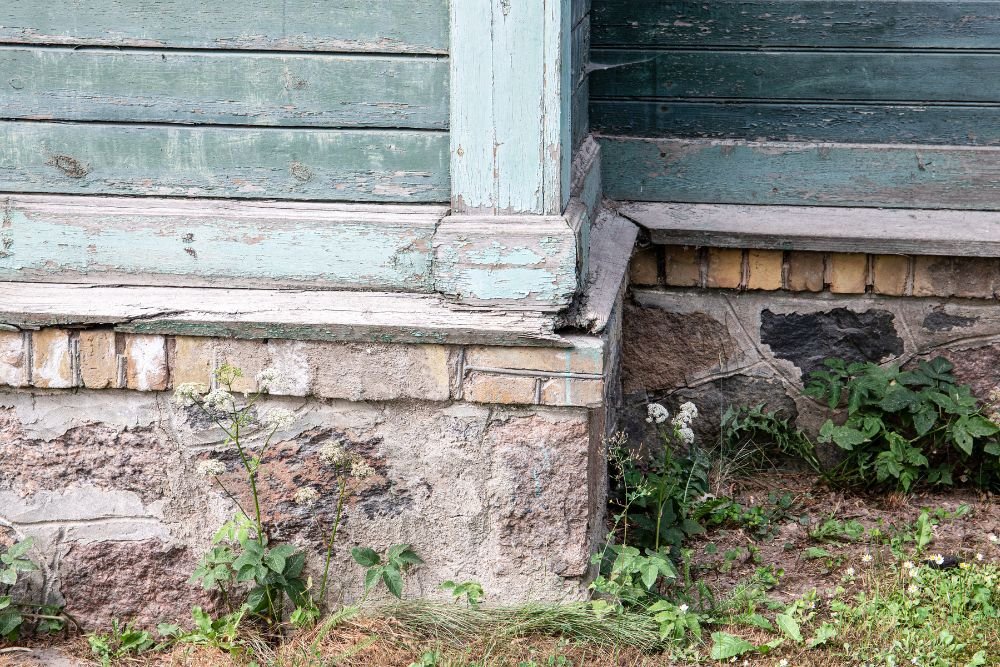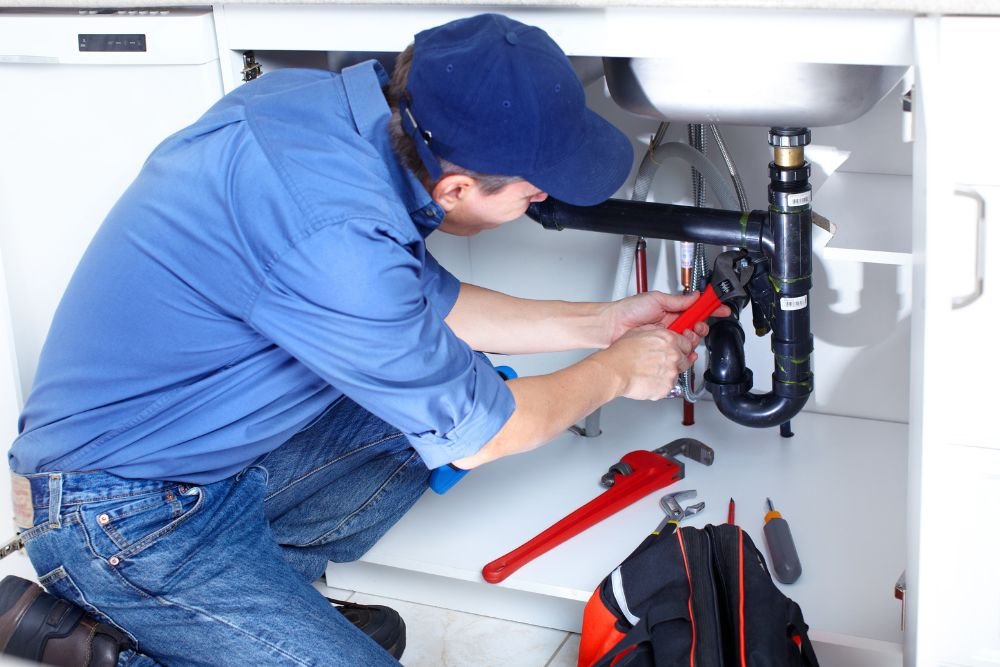Structural Property Damage
Soil erosion is one of the common reasons for spaces under concrete slabs, and voids in the soil under the foundation present serious structural dangers to residential or commercial properties. When rainwater or other sources of water flow along the ground, the soil surrounding your home’s foundation can wear down. Gradually, the gaps underneath the foundation lead to an unequal distribution of your house’s weight.
Voids under the foundation can eventually cause structure settlement and sinking, causing fractures in walls and floorings and even leading to doors and windows that do not close appropriately. These structural concerns can dramatically lower the home’s value and require costly repair work.
Proactive disintegration control methods, like maintaining walls and protective landscaping, can help maintain soil around the structure. If soil erosion has already caused foundational damage, polyurethane foam injection can fill deep spaces in the soil and lift and stabilize the concrete. This minimally intrusive option usually requires less time and interruption than standard repair approaches and prevents additional damage.
Loss of Nutrient-Rich Topsoil
Soil disintegration can cause problems in house owners’ gardens and lawns. The topsoil is the lifeline of your garden, as it consists of the essential nutrients for healthy plant development. Nevertheless, when soil disintegration takes place, it washes away this precious leading layer, leaving behind less fertile soil.
Endangered topsoil damages plant health. In many cases, it ends up being significantly difficult to grow new plants, and keeping the preferred landscape might need regular soil changes to replenish the lost nutrients.
Planting ground cover is one effective way to control disintegration. Think about the plant’s development practice and root system, which must be dense and extensive sufficient to hold the soil together successfully. Also, think about elements like the plant’s flexibility to your garden’s particular conditions (such as sunlight availability, soil type, and wetness levels) and its upkeep requirements.
Water Drainage Complications
As soon as the soil around your home begins wearing down, it might alter the natural water drain patterns of your property. This modification might result in water accumulation in undesirable locations, such as near your home’s structure or other structures. Pooling water can increase the danger of flooding or trigger prolonged dampness, leading to mold development, damage to building materials, and even health issues for the household.
To mitigate this issue, house owners should keep an eye on modifications in surface water circulation and take steps to guarantee proper drain. Solutions may include installing French drains, redirecting water flow utilizing swales, or seeking professional assistance to carry out customized solutions fitting your landscape and drainage needs.
Soil erosion threatens structural stability, plant health, and reliable water drain. Comprehending these ramifications and executing disintegration control techniques assist keep your home’s stability and a healthy outside space. Consider looking for expert guidance on executing disintegration control techniques, such as installing retaining walls, planting ground cover, or altering water flow patterns to safeguard your property.







